
CNG buses use compressed natural gas (CNG) as their main fuel.
Vietnam Road Administration has sent a report to the Ministry of Construction evaluating the implementation results of the Transport Service Development Strategy to 2020, with a vision to 2030.
After more than 10 years of implementing the Strategy for Transport Service Development to 2020, with a vision to 2030, road transport has grown in both freight and passenger volume.
From 2016 to present, the total output of road passenger transport is estimated at 190.4 million passengers (HK), the volume of traffic is estimated at 10.87 billion HK.Km; the average annual growth rate is about 11.8%. The total output of road freight transport is estimated at 50 million tons, the volume of traffic is estimated at 2.6 billion T.Km, the average annual growth rate is about 13.36%.
As of early 2025, road transport will still account for more than 90% of passenger transport volume and over 70% of total freight transport volume.
Technology has changed the transportation industry
Fixed-route passenger transport covers the whole country with about 10,039 routes and more than 13,000 journeys. Nationwide, 60/63 provinces and cities (according to the old local calculation method) organize public passenger transport by bus, with more than 8,978 vehicles, transporting about 1 billion passengers per year.
Particularly in Hanoi and Ho Chi Minh City, a network covering the entire area has been basically formed, service quality has been constantly improved, affirming the role of public transport in overcoming traffic congestion, reducing environmental pollution, and building a sustainable urban transport system.
Means of transport have also grown in both quantity and quality. If in 2013 the whole country had a total of 121,897 means of transport business, by the end of 2024, this number increased nearly 8 times with about 956,062 vehicles of transport business installed with journey monitoring devices with a total of 100,303 transport business units.
Of which, fixed-route passenger transport has 17,659 vehicles (accounting for 5.07%); buses have 8,950 vehicles (accounting for 2.57%); contract vehicles have 245,764 vehicles (accounting for 70.53%); tourist vehicles have 4,629 vehicles (accounting for 1.33%); taxis have 70,241 vehicles (accounting for 20.16%); freight transport, trucks have 607,379 vehicles; taxi trucks have 233 vehicles (accounting for 0.04%).
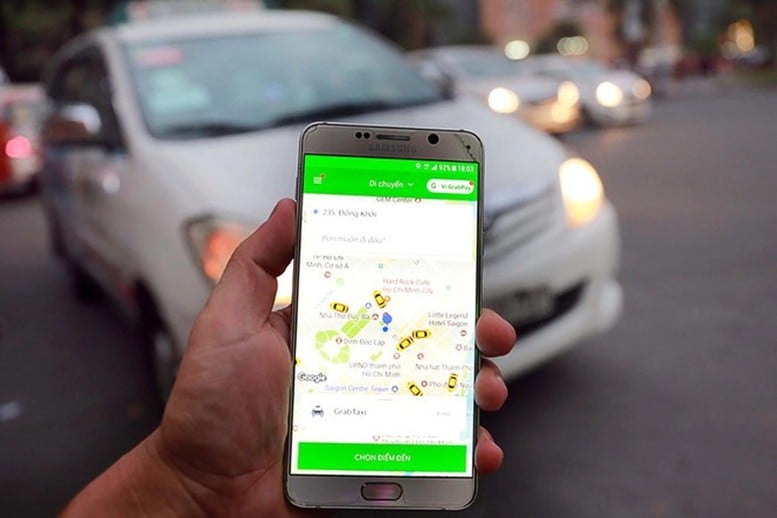
The emergence of contract vehicles applying software technology such as Grab, Be, Gojek... has promoted competition and strongly changed the vehicle fleet structure.
Notably, the Vietnam Road Administration stated: The emergence of contract vehicles applying software technology such as Grab, Be, Gojek... has promoted competition and strongly changed the structure of the vehicle fleet. The quality of vehicles has been significantly improved; many businesses have invested in new vehicles, equipped with air conditioning, wifi, GPS, and dash cams, contributing to improving the experience and safety of passengers. Technical regulations have also been updated according to the Euro 4 and Euro 5 emission control roadmap, especially for trucks and passenger cars.
Some localities have put into operation buses using clean fuels such as CNG (Hanoi, Ho Chi Minh City, Can Tho), and piloted electric buses (VinBus), marking the first steps in the green transition process in public passenger transport.
Public transport is not developed evenly.
However, in addition to the achieved results, the implementation of the Strategy, according to the Vietnam Road Administration, still has shortcomings. The transport market structure has not yet achieved the rebalancing target, road transport still accounts for too large a proportion, causing pressure on infrastructure and increasing logistics costs. The bus network and public passenger transport have not developed evenly, some provinces still do not have intra-provincial bus routes.
The transport business force is still fragmented, lacking connections, small in scale, and has limited management skills (the proportion of small and medium-sized units accounts for about 82%). Although transport technology has been applied in large cities, it is not yet popular in rural and mountainous areas. Many cooperative models and small and medium-sized enterprises do not have the capacity to innovate vehicles, access capital, or invest in digital platforms.
State management in some places is still confused, lacks initiative, and lacks synchronization between sectors and management levels. Although transport data has been digitized, it has not been exploited effectively, and there is no system for analyzing and early warning of operational risks.
In particular, the management mechanism for new forms of transport such as technology vehicles and electronic contract vehicles is still inadequate, leading to overlap and lack of consistency in operation and control. The situation of illegal vehicles, unregistered and unlicensed transport activities, and violations of routes still exists in many large cities, causing tax losses, unfair competition and affecting the reputation of the industry.
Investment in human resource development, especially drivers, operators and transport managers, is not yet commensurate with the requirements of industry modernization.
In the coming period, to realize the goal by 2030, the Vietnam Road Administration believes that: The strategy for developing means of transport needs to focus on key solutions such as: promoting the development of electric vehicles and buses using clean fuel (CNG) through investment and credit support policies; building a network of charging stations and clean fuel filling stations in large cities and transport hubs; gradually eliminating vehicles that do not meet emission standards and encouraging localization of production of electric buses and electric trucks. At the same time, increasing digitalization in vehicle management, journey monitoring and fleet operation using smart technology.
On the other hand, the transport business force also needs to be reorganized towards professionalization, modernization and integration with the logistics value chain. The State needs to continue to improve institutions, create a healthy and transparent competitive environment, and at the same time have policies to support small businesses and cooperatives to improve their management capacity, innovate means and apply technology.
In particular, it is necessary to encourage the formation of large transport enterprises following the "locomotive" model, capable of leading the market, linking supply chains and cooperating internationally.
In addition, investing in human resources in the transport industry is also a key solution - there needs to be a standardized training program, connecting training institutions - businesses - management agencies to build a transport workforce with skills, professional ethics and modern service thinking, thereby improving the overall quality of the road transport industry.
Phan Trang
Source: https://baochinhphu.vn/cong-nghe-da-thay-doi-nganh-dich-vu-van-tai-nhu-the-nao-102250729114807383.htm




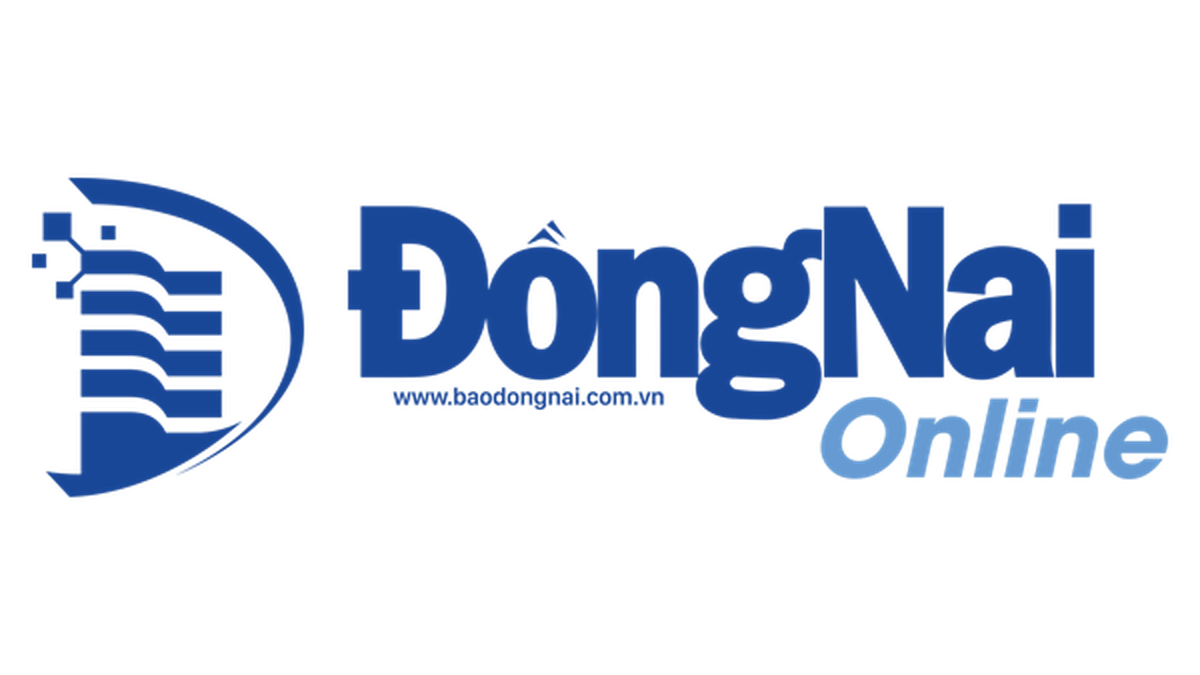
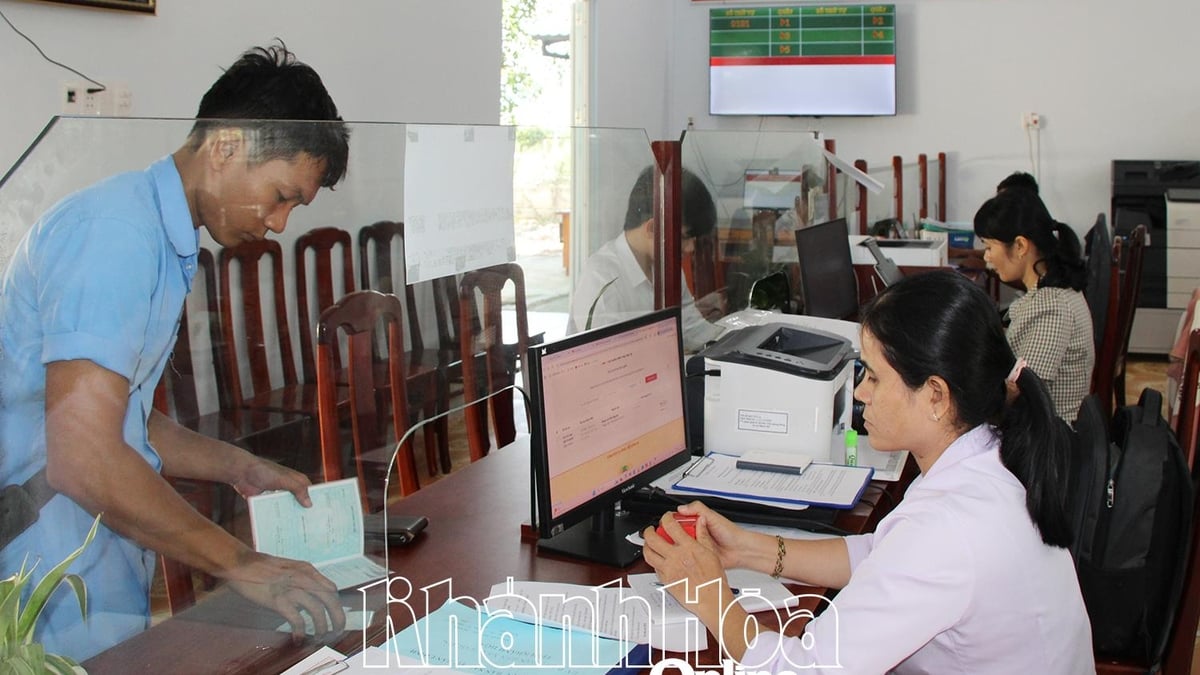


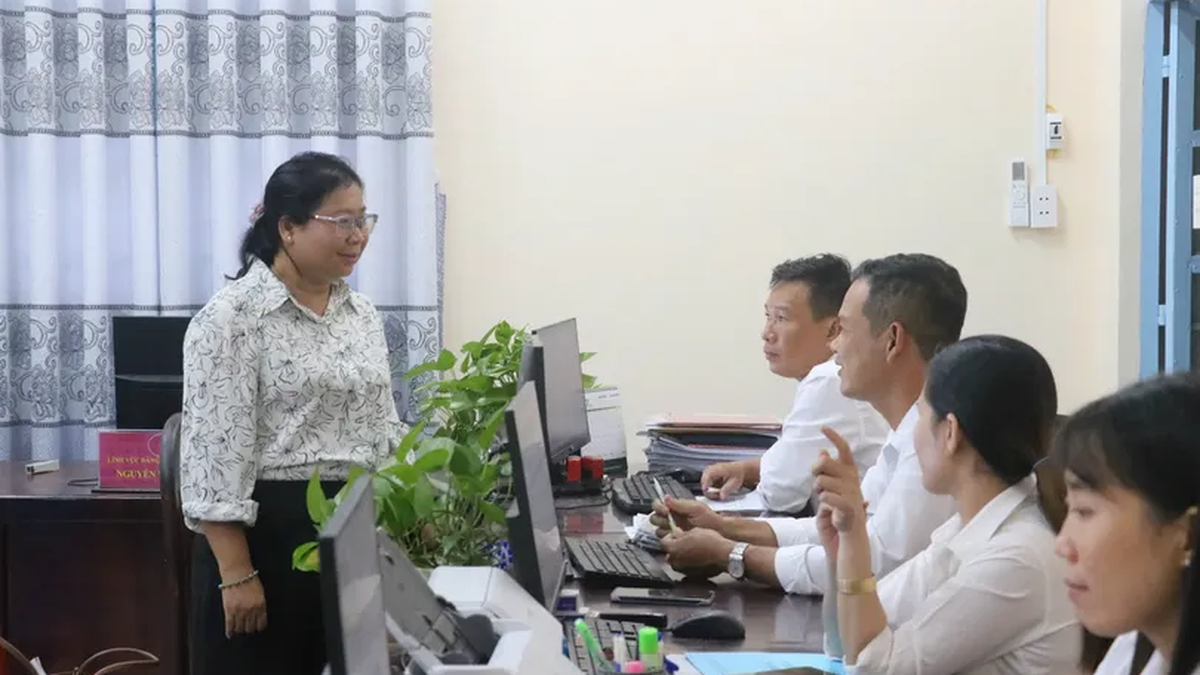













![[Photo] National Assembly Chairman attends the seminar "Building and operating an international financial center and recommendations for Vietnam"](https://vphoto.vietnam.vn/thumb/1200x675/vietnam/resource/IMAGE/2025/7/28/76393436936e457db31ec84433289f72)






































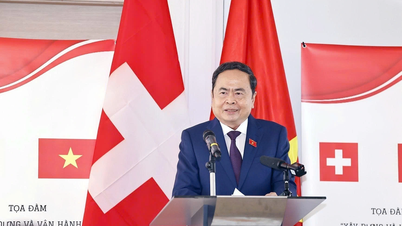




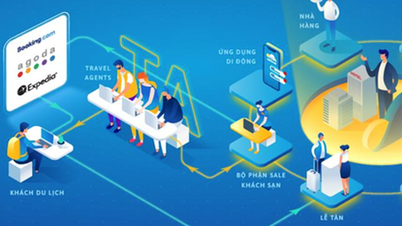

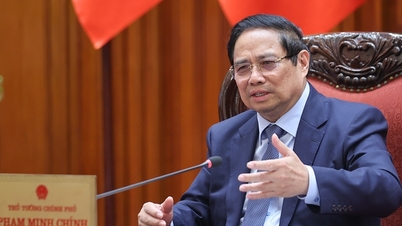




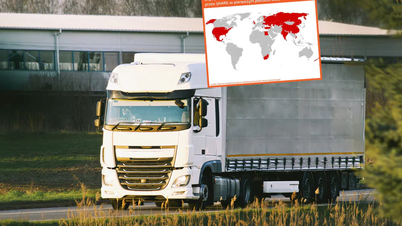

























Comment (0)